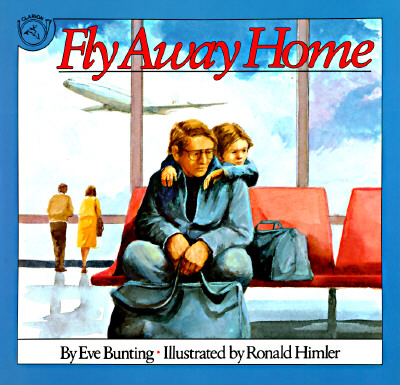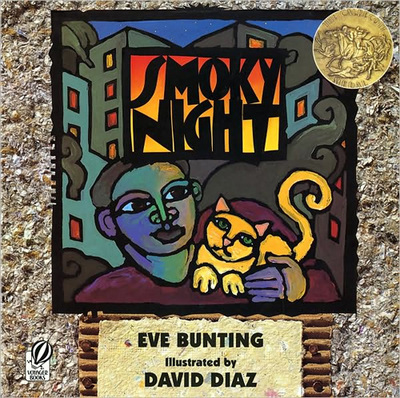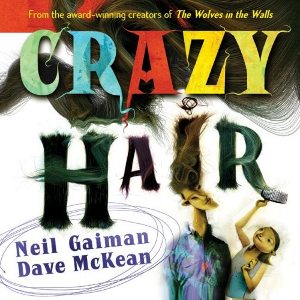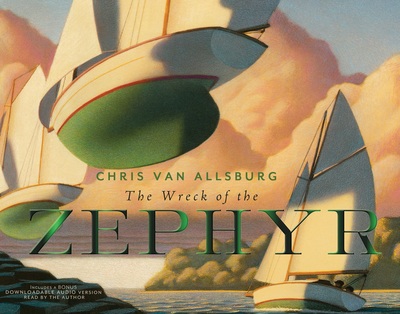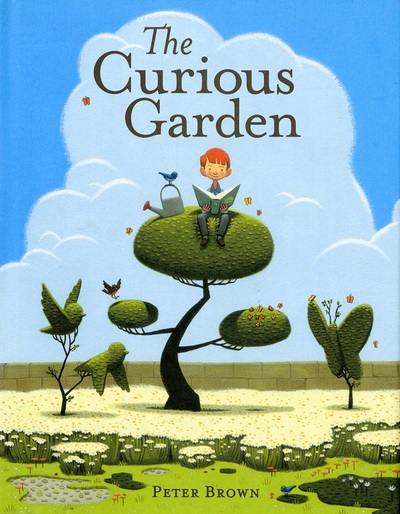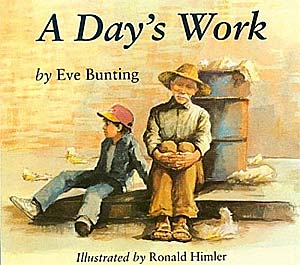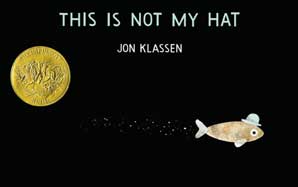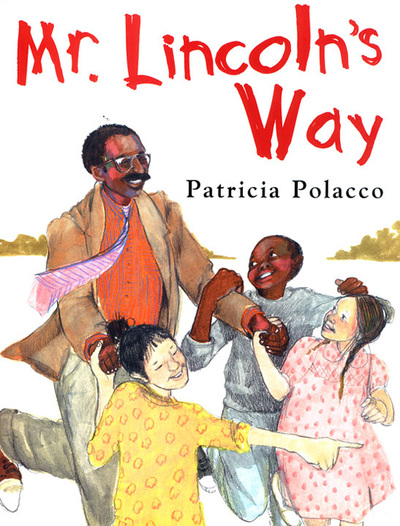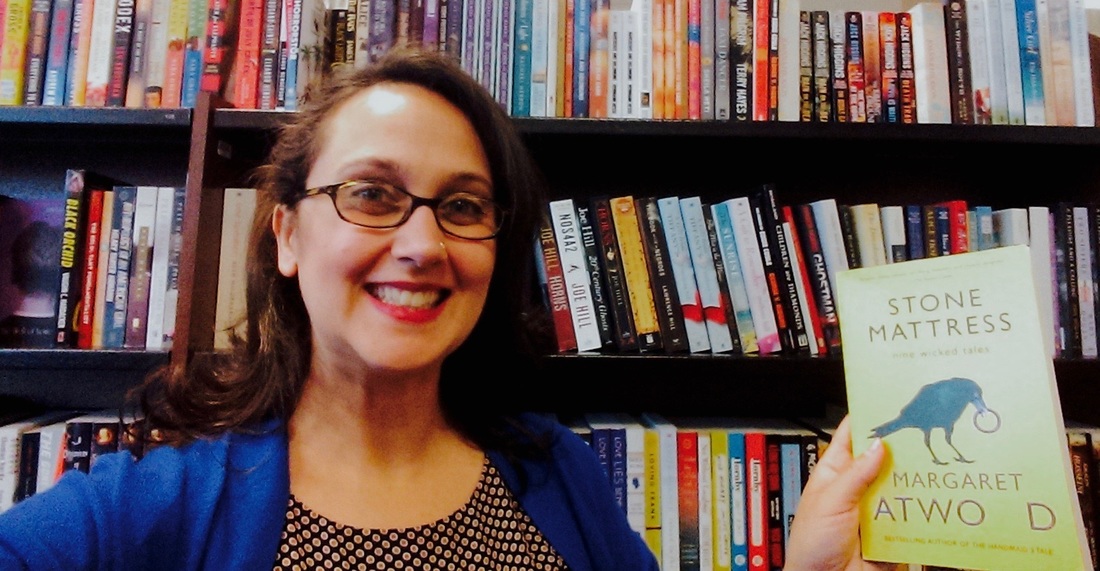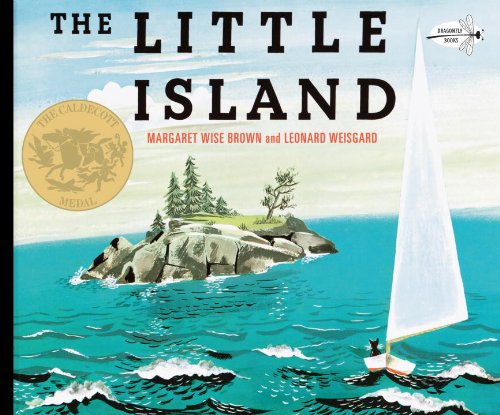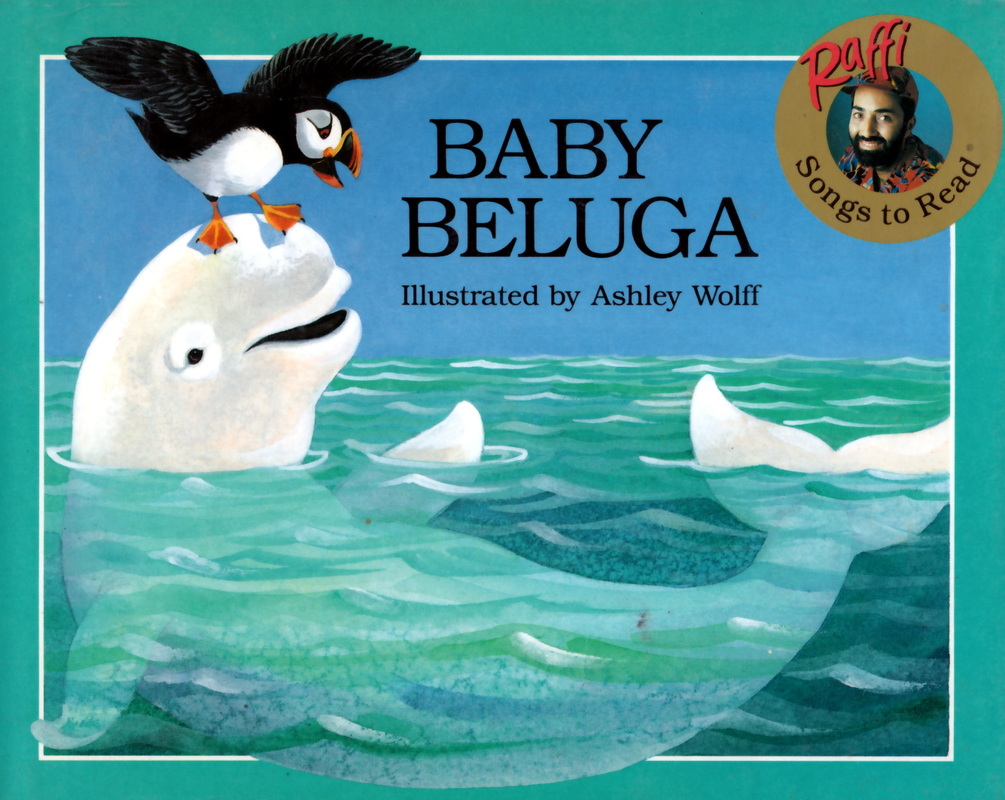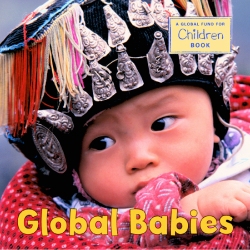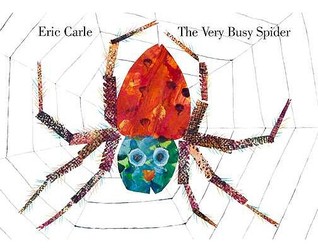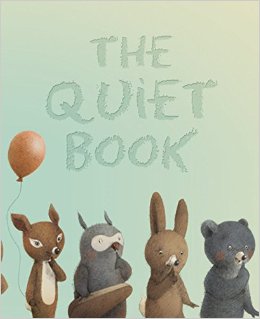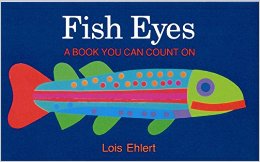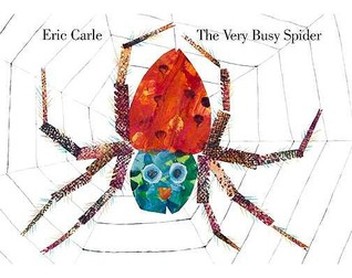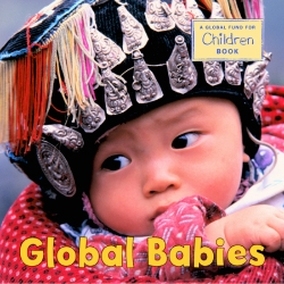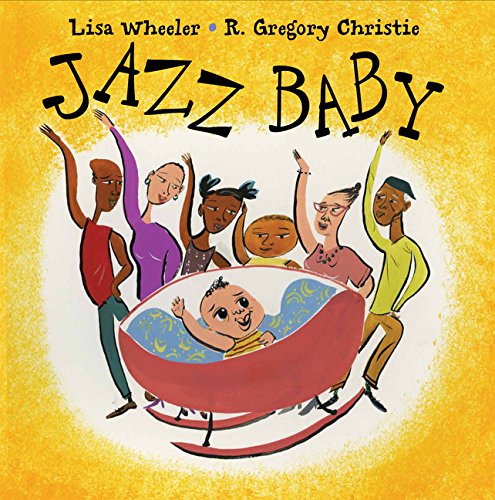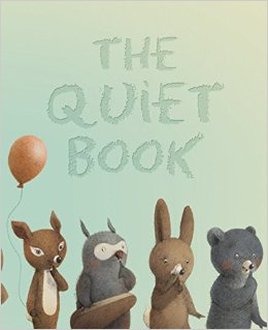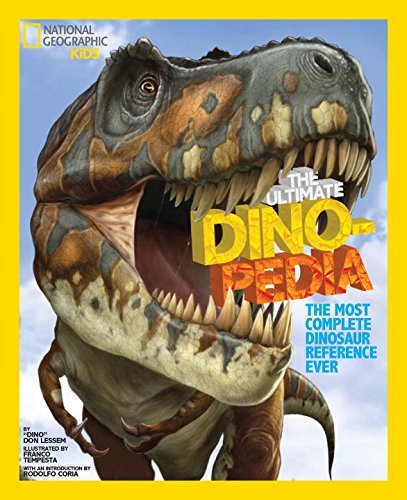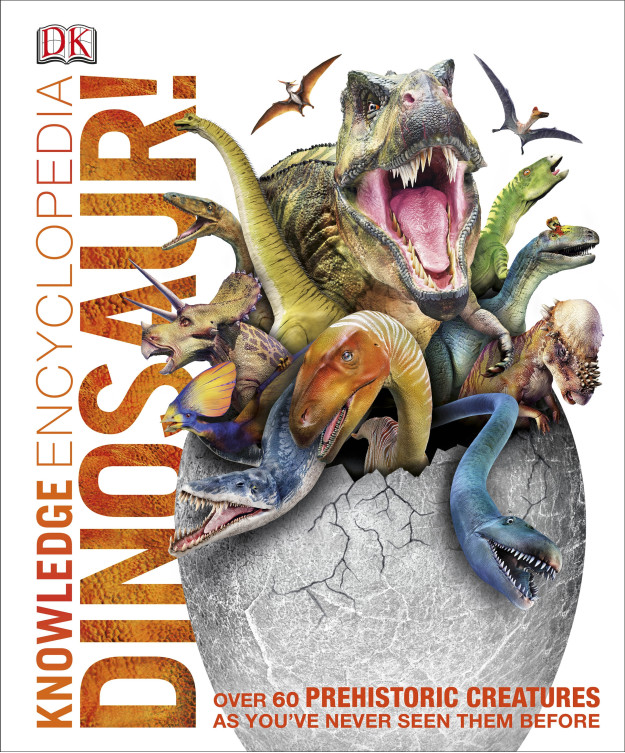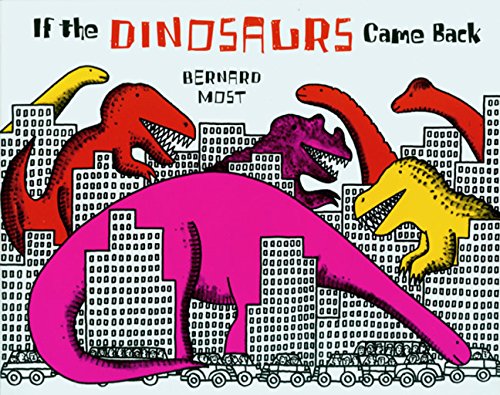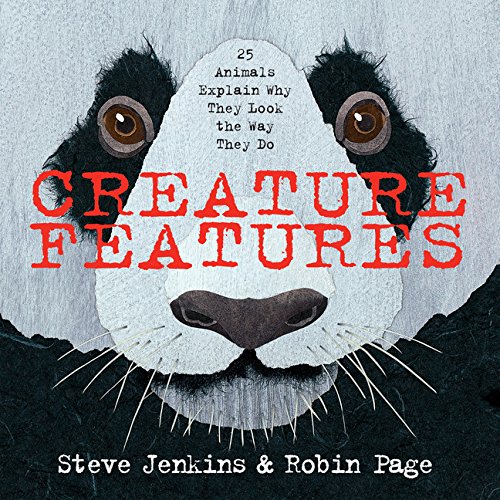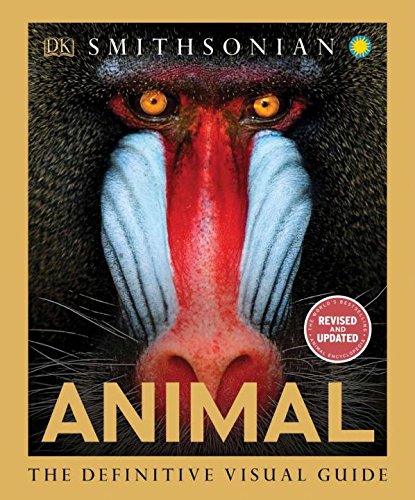Consider this. You have more than one kid with you. One kid is big, one kid is small and you. And you need something to do to keep everyone occupied. Books without pictures are perfect for this situation since everyone can access the text - there are no words!
I've used true picture only books with middle schoolers and upper elementary school students with great success. Often, they are hesitant at first but once they trust that you're not going to tell they are wrong, they can get really into it. Journey is my favorite with older kids.
You can read and make-up the story as you go with a few kids at a time or you can let the oldest tell the smallest a story based upon the pictures. Or my personal favorite, the role reversal, let the littlest one of them all be the storyteller for everyone else.
Picture only books are also fantastic at allowing for revisionist storytelling. Kids will want to tell their stories immediately again because they thought of new and better details to add. They are drafting out loud. This kind of picture book fosters a sense of collaboration since everyone can contribute. It's inclusive and makes you feel safe. And, everyone wants their story to be heard.
Every story is correct as long as its based on the pictures. Storytelling with no words encourages risk-taking, inventiveness and fun! You will be surprised at how proud everyone is when they are finished telling their story.
Here are a few of our favorites (you are also welcome to click on the pictures above):
- Flashlight: Liliana's favorite. This book is great to read with an actual flashlight (with a toddler, bigger kids won't want that prop). This is a great bedtime book that explores what happens outside the comfort of your tent (or house, apartment, you get the gist).
- Journey: One of my all-time favorite books. This is a Caldecott Honor book about a child who escapes her room into her own fantasyland by drawing a door on her wall. It has wisps of The Chronicles of Narnia and Alice in Wonderland and could spark a great conversation about what you'd imagine your world to be if you got to create it. And, why is it called Journey?
- Tuesday: Also a Caldecott winner, this book has vivid pictures that you can look at time and time again. Enjoy telling stories about frogs on their lily pads and what they see!
- Lion and the Mouse: This particular book is fantastic, not only because of its stunning drawings, but also because it is a clear adaptation of an Aesop fable. If you are looking for a lead-in to a book with words, or a book that connects, this book clearly is a companion toAesop's Fables.
Enjoy!

